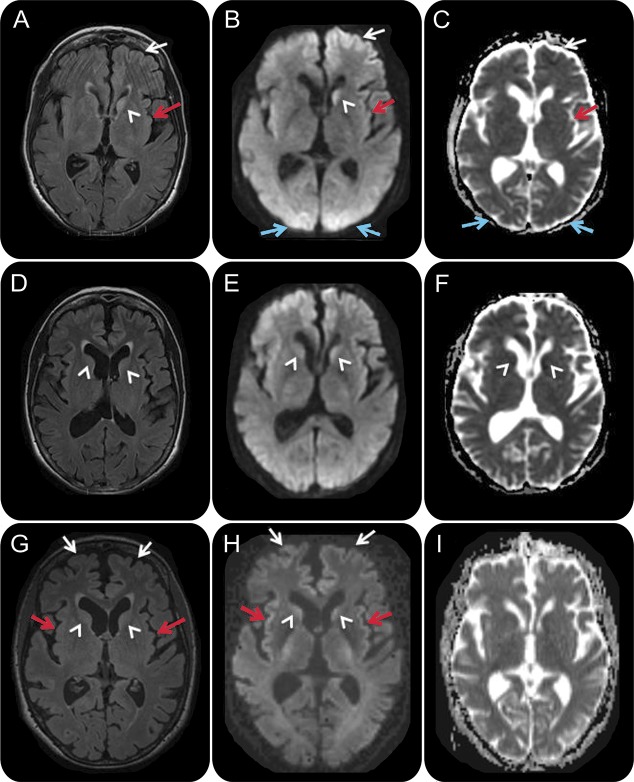Figure 2. Serial MRIs in case 2, a 66-year-old woman with hypoxic/hypoglycemic encephalopathy.
FLAIR (A, D, G), DWI (B, E, H), and ADC map (C, F, I) sequences, in radiologic orientation, 2 days (A–C), 3 weeks (D–F), and 1 month (G–I) after onset. Initial MRI (A–C) shows left frontal (white arrows), left insular (red arrows), bilateral medial occipital (blue arrows), and left caudate (arrowhead) FLAIR/DWI hyperintensity with restricted diffusion, which is subtle but definitely appreciable. Repeat MRI about 3 weeks later (D–F) showed possible reduced FLAIR/DWI hyperintensity in the bilateral caudate heads (D–F; arrowhead) and medial occipital regions, and possible increased right caudate FLAIR hyperintensity and restricted diffusion (D–F; white arrowhead). A third MRI 1 week later, 1 month after onset (G–I), revealed more intense FLAIR/DWI insular (G, H; red arrows) and frontal cortical hyperintensities (G, H; white arrows) and possible restricted diffusion and FLAIR hyperintensity still present in the caudate heads (G, H; arrowheads). In retrospect, the resolution of occipital cortical ribboning in such a short time argues against a diagnosis of sporadic Creutzfeldt-Jakob disease. ADC = apparent diffusion coefficient, DWI = diffusion-weighted imaging; FLAIR = fluid-attenuated inversion recovery.

